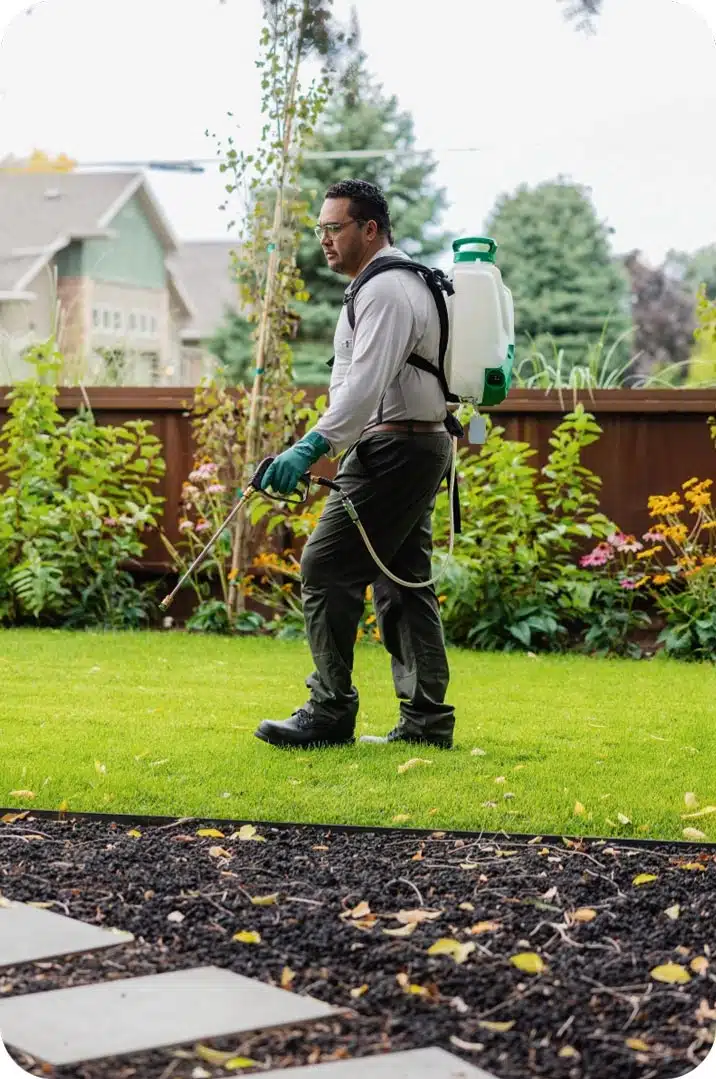Bed Bug Treatment Break Down: Comparing Chemical Vs. Non-Chemical Solutions
In the realm of bug control, specifically when taking care of the relentless concern of bed pests, the choice between chemical and non-chemical treatment remedies can be a pivotal one. Both strategies use distinct benefits and downsides, influencing variables such as effectiveness, safety and security considerations, and total price. By examining the nuanced details of each technique, a more clear understanding of which course to go after in addressing a bed bug invasion can be acquired.
Effectiveness of Chemical Treatments
Chemical therapies for bed pest infestations have been extensively identified for their quick and powerful effectiveness in eradicating these parasites. When thinking about the effectiveness of chemical treatments, it is critical to understand that they can supply a quick and complete solution to a bed pest issue. Professional pest control specialists frequently depend on insecticides to target bed pests at different phases of their life cycle, including eggs, adults, and fairies. These chemicals usually work by interrupting the bed insects' nervous system, leading to paralysis and ultimate fatality.
In addition, chemical therapies have the advantage of supplying residual results, suggesting that they can continue to remove bed bugs also after the initial application. This recurring action is particularly advantageous in combating any kind of possible re-infestations. Furthermore, the rapid activity of chemical therapies can bring relief to people encountering serious bed bug infestations, allowing them to restore control of their living spaces swiftly.
Safety Concerns With Chemical Solutions
One crucial facet that needs careful factor to consider when using chemical services for bed pest therapy is making certain the safety and security of passengers and the setting. Direct exposure to particular chemicals used in bed pest treatments can lead to respiratory concerns, skin inflammation, or various other negative reactions, particularly in people with pre-existing conditions or level of sensitivities.
Moreover, the ecological effect of chemical options is one more considerable consideration. Some chemicals used in bed insect therapies might be dangerous to useful pests, wildlife, and communities if they seep right into the dirt or water systems. It is important to utilize chemical therapies sensibly, adhering to safety guidelines, and taking into consideration less poisonous alternatives to mitigate these dangers and guarantee the safe and effective administration of bed bug problems.
Benefits of Non-Chemical Approaches
Considering the possible safety concerns and environmental impact linked with chemical solutions for bed pest treatment, exploring non-chemical methods presents an encouraging choice with a number of distinct benefits. Non-chemical therapies are ecologically friendly, as they do not add to air or water contamination, making them a sustainable selection for parasite control.
Additionally, non-chemical services can be effective in targeting bed pests, consisting of hard-to-reach areas where chemical therapies may not pass through. Techniques such as warm therapy, vacuuming, heavy steam cleaning, and cushion coverings supply thorough obliteration without the usage of damaging chemicals. Additionally, non-chemical approaches can be much less turbulent, requiring marginal prep work and enabling quicker reentry right into dealt with areas. On the whole, selecting non-chemical bed bug treatment approaches not only focuses on safety and environmental management but additionally makes sure extensive and reliable pest control.
Limitations of Non-Chemical Treatments

Additionally, non-chemical therapies frequently call for several applications to achieve effective elimination. This can be time-consuming and may not constantly assure total elimination of all bed insects and their eggs, especially in hard-to-reach or concealed areas.
Furthermore, the success of non-chemical therapies heavily counts on i loved this proper application and thoroughness, which can be challenging for individuals without professional proficiency. Poor application of non-chemical techniques may lead to incomplete elimination, causing consistent infestations and the need for added treatments.
Therefore, while non-chemical treatments have their benefits, it is necessary to acknowledge these limitations and consider them when determining the most efficient strategy for taking care of bed bug problems.
Expense Comparison: Chemical Vs. Non-Chemical Options
Provided the restrictions linked with non-chemical treatments, a vital aspect to review in the context of bed insect monitoring is the cost comparison in between chemical and non-chemical choices. In comparison, non-chemical therapies like warm treatment or steam can be extra costly, with costs varying from $1,000 to $6,000 for an entire home. While the initial cost of chemical therapies may seem reduced, several treatments might be called for to totally eradicate the invasion, possibly increasing the general price.
Conclusion

Considering the possible security issues and ecological influence connected with chemical options for bed bug treatment, discovering non-chemical methods provides a promising option with several unique advantages.Provided the limitations linked with non-chemical treatments, an essential element to evaluate in the context of bed bug management is the cost contrast in between chemical and non-chemical choices. In comparison, non-chemical therapies like warm therapy or vapor can be more costly, with expenses varying from $1,000 to $6,000 for a whole home. While the first price of chemical therapies might seem lower, several therapies may be called for to totally eliminate the invasion, possibly increasing the general cost.In final thought, when contrasting chemical and non-chemical bed pest treatment options, it is essential to think about performance, safety and security, benefits, restrictions, and price.